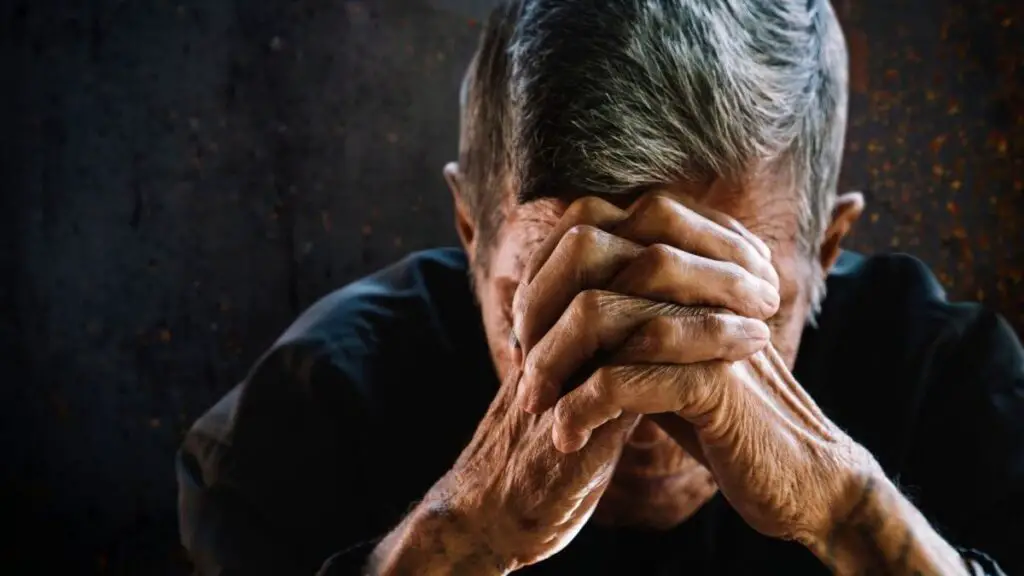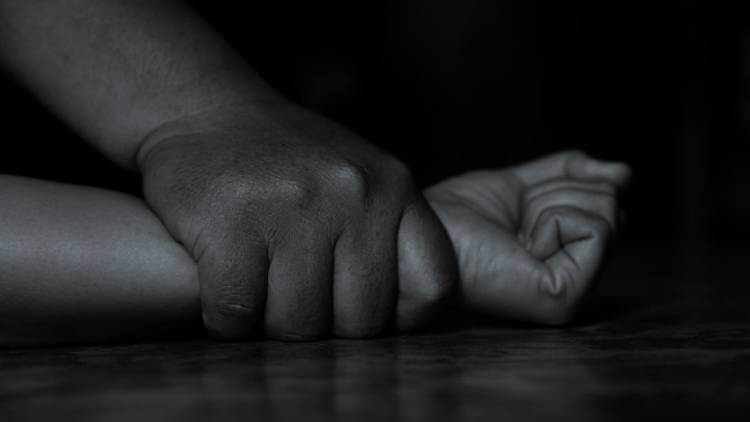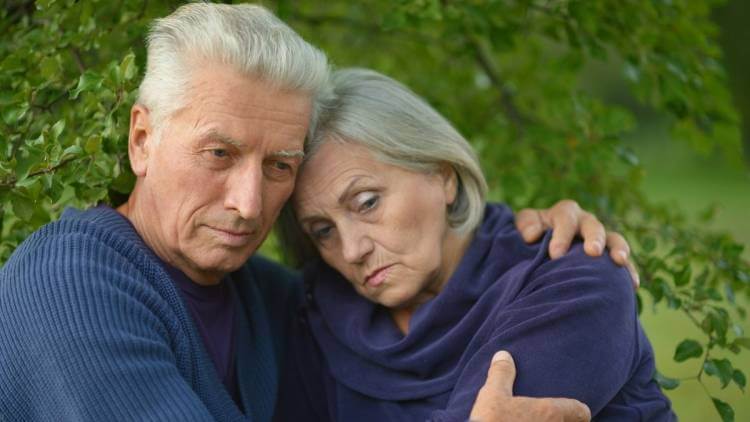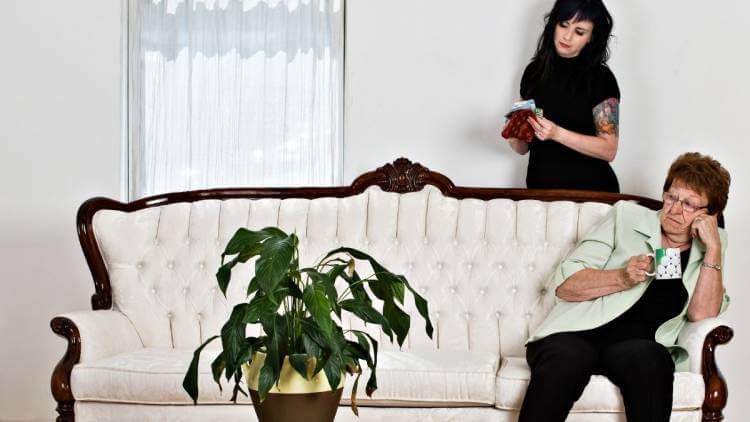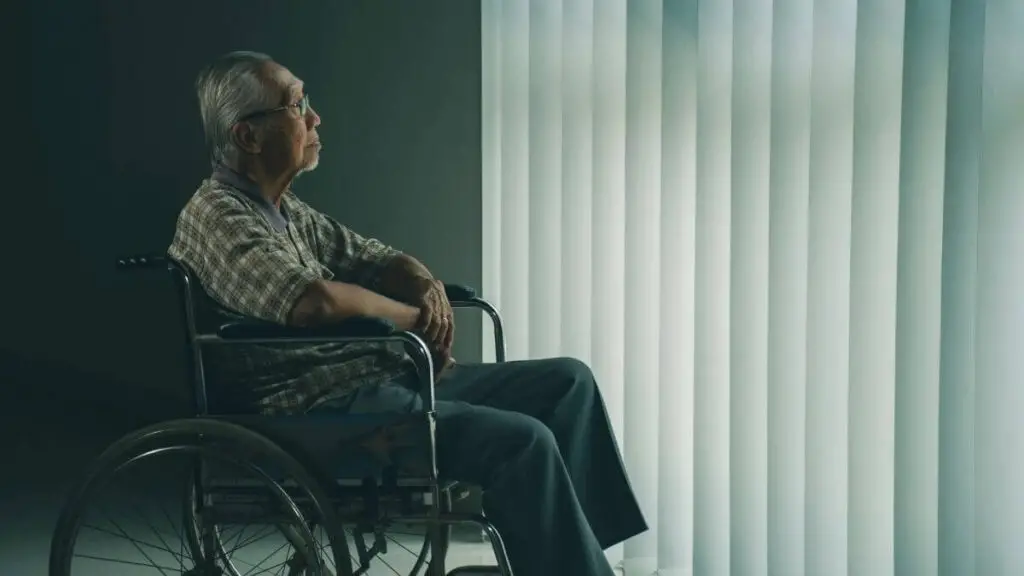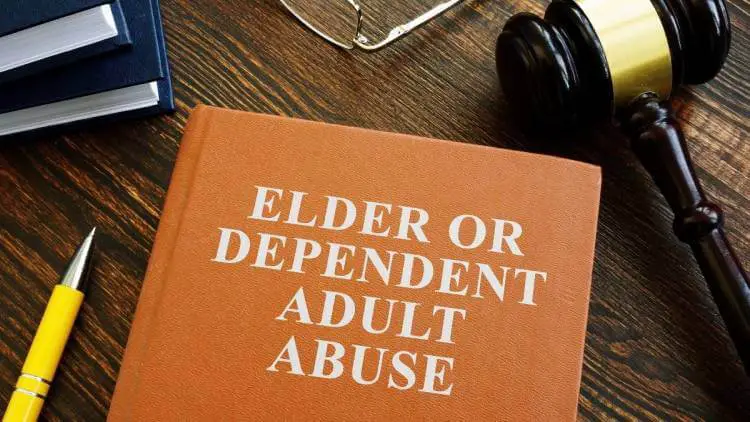The elderly are one of the most vulnerable social groups and subject to different types of elder abuse. Men or women, around 10% of the elderly in the US have been exposed to some form of elder abuse past the age of 60. Women, people with mobility issues, and people living alone or with caregivers are more likely to get abused but are also less likely to report the abuse due to shame or fear of revenge.
I had to conduct training on elder abuse signs and symptoms during my time managing the social services arm of an Area Agency on Aging. Staff, particularly those that went out into seniors’ home for outreach efforts, would encounter signs of elder abuse more often than anyone would like to see.
Most elder abuse is self-reported, but there are also those that get reported by concerned neighbors, or during my time working in the field, by mandatory reporters (not the case in all states for elder abuse).
As most elder abuse is done by family members or close friends, the elderly may have issues reporting these, looking for excuses for them, or they simply keep silent, not wanting to be in the way. Understanding your rights to a physically and emotionally supportive environment is the key to the safety and support you may need.
Because of its prevalence, I want to teach you how to identify the seven types of elder abuse.
1 – Physical Abuse
Physical abuse is the most common form of abuse reported to authorities in the US. Among the elderly, 1 out of 4 women who suffer abuse suffers physical violence. While some cases of abuse may be mild and leave no temporary or permanent marks on the skin, the reality is that any form of physical contact that is not welcome by you is, in fact, physical abuse.
However, not all forms of physical abuse of the elderly are as mild. Over years or even decades, this abuse takes a much stronger form that can end up in serious physical injuries or even death. Signs of physical abuse include:
- Bruises, especially in the face, on the neck, around the wrists, on the back and the lower back, the chest,
- Hematoma is a serious medical condition that has to be treated by a medical professional – this is a sign of subdermal bleeding, which can be life-threatening in some cases,
- Cuts, especially those made in places where it would be unusual for a person to injure themselves,
- Bone fractures and broken bones – especially related to ribs, hips, and bones found in the arms;
- Joint dislocation, especially in the shoulders and the jaw (as a result of trauma to the head).
2 – Sexual Abuse
Sexual abuse of the elderly is also a known form of elderly abuse. As people get older, they are less able to physically defend themselves. Furthermore, some cognitive decline, including Alzheimer’s and dementia, as well as general brain fog (similar to post-COVID-19 syndrome), can be expected in some elderly members of society, making it difficult to understand the events or recall them.
Signs of sexual elder abuse do not have to be as overt as can be expected. Quite on the contrary, signs of sexual abuse of the elderly can include:
- Bleeding from the genital region or anus (in both men and women),
- Pain in the same region,
- Characteristic injuries to the pelvis, the hips, the lower back, and the rib cage,
- Difficulties sitting down and standing up, as the muscles in the region can be sore,
- Problems walking due to the aforementioned injuries,
- STDs, especially those that can easily be treated and do not stay in the body past the symptomatic stage (syphilis, gonorrhea, and chlamydia infections), as well as genital warts, previously undetected Hepatitis or HIV infections).
Women aged 60 or older have shown an 8% prevalence of interpersonal violence. The caregiver, whether paid or informal, is usually (but not always) the culprit. Always stay safe, know your rights and how you can ask for help.
3 – Emotional Abuse
Emotional abuse is one of the hardest forms of abuse to identify. Usually, the caregivers do it intentionally, although unintentional emotional abuse of the elderly is also possible. While the former is more overt and direct, the latter may be more covert and can ‘creep in’ the behavior of the caregiver. The signs of emotional abuse include:
- Being excluded from family members and family events. In the former case, if the elderly are excluded from seeing their grandchildren, it can be difficult to get practice your right to see them, as the regulation says that parents can choose what is in the child’s best interest. Further exclusion may include excluding the elderly from family gatherings, vacations, etc.
- Being called names or belittled. This type of common emotional abuse includes using swear words and pejorative terms aimed at the elderly. It can also include belittling your values, needs (even basic needs), or stance.
- Cutting off the elderly from basic necessities, which include food, water, and hygiene, especially with the aim of causing emotional harm.
- Threatening, especially with abandonment or other types of elderly abuse. Common threats include threats of physical violence, limited access to family members, food, and medical care.
The elderly undergoing emotional abuse may:
- Seem depressed,
- Withdraw,
- Isolate themselves,
- Have low self-esteem,
- Experience mood swings, especially with episodes of anger or sadness,
- Experience changes in their biorhythm – including sleep patterns and eating schedule changes.
4 – Financial Abuse
Financial abuse of the elderly is one of the most common types of abuse of the elderly. It can be difficult to detect by an outsider, but the elderly may be aware of it. It is the most commonly reported case of abuse and is, when boiled down, very easy to spot: financial abuse of the elderly includes illegal use of their own resources.
Common signs of financial abuse of the elderly include:
- Missing or stolen property,
- Missing or stolen food items,
- Significantly higher food costs when someone else does the shopping for you, and there is no check to prove the new pricing,
- Sudden costs that family members experience, especially for home renovation and other mysterious costs,
- Missing cash from the valet,
- Periodically missing credit or debit card,
- Rerouted retirement fund payments,
- A change in back details done by a caregiver,
- Unpaid bills and mortgage, rent, subscription services, etc., especially if the caregiver is the one paying the bills,
- Questions about the elderly person’s financial status, income, and expenses, as well as questions that may relate to habits, time spent outside, or commonly visited places (supermarkets, restaurants, etc.).
Unfortunately, it is family members who are most likely to financially exploit a senior.
5 – Neglect
Neglect of elders is easy to spot. In case the elderly do not have a caregiver or an enabler, they may undergo episodes of starvation, lack of personal hygiene, or untreated, minor injuries and infections.
However, if a caregiver has been assigned or a family member poses as one, carelessness and a lack of empathy and responsibility can be seen as elder neglect. The most common symptoms of elderly neglect include:
- A visible lack of hygiene, usually followed by an unpleasant smell,
- Untidy clothes, especially those that are torn, unclean, soiled, or mismatched to the elderly person’s personal and seasonal needs,
- Lack of medical care, including medicine, injectables, insulin pens, hormonal shots (especially in the elderly with Osteoporosis), proper prosthetics, and an appropriate walker or a wheelchair for the elderly with mobility issues),
- Lack of food in the home, including both perishables and non-perishables, lack of easy-to-prepare food (microwavable foods), and a lack of cheap, seasonally available fruits and vegetables that an average home would normally have in the area,
- Malnutrition or dehydration – especially as a result of a lack of food or insufficient and improper dietary practices,
- Untreated infections or injuries – these usually happen as a result of sitting or lying for too long, often day-long. Sore skin, skin infections (yeast and bacterial infections), infections in skin folds (in overweight elderly people), infections of the eyes, the gums (hygiene issues), infections in the anal and genital region, and many more. Untreated injuries can include bone fractures/breakage that has not been addressed by a medical professional, as well as injured tendons in feet and hands, partial facial or body paralysis, especially as a result of a mini-stroke),
- Unclean and unsafe home, including an untidy kitchen with pooling water, pest infestation (insects and rodents), as well as cluttered floor area, unclean bedding, and other furniture used on a regular basis.
6 – Abandonment
Abandonment of the elderly is another common form of elderly abuse. The elderly may be abandoned by their family, relatives, or professional caregivers. In all these cases, the elderly person is usually left on their own for days, weeks, or even permanently. Sometimes, the elderly are abandoned in their own home.
Sometimes, however, abandonment can also mean leaving the elderly with relatives, in front of or in a hospital, an elderly home, or another formal institution where there is no formal agreement to provide care for the elderly person. Leaving the elderly in public also happens, but rarely.
7 – Self-Neglect
Self-neglect is a form of neglect (not necessarily abuse) that happens when the elderly person is not able to meet their daily demands. This may include:
- Preparing food and having a well-balanced diet, as well as sufficient amounts of food,
- Being able to drink enough fluids throughout the day – especially in people with Alzheimer’s, dementia, and mobility issues, staying hydrated throughout the day can pose a challenge,
- Dressing – mobility issues, a loss of movement range, and injuries may prevent the elderly from dressing themselves,
- Providing themselves with good medical care, taking their medicine on time, and being able to take preventative measures against injury, sickness, etc.
Self-neglect is a serious issue that can have both physical, social, and emotional backgrounds. The elderly with self-neglect issues are more prone to depression, social anxiety, and hoarding issues.
Addressing self-neglect is a complex issue as well and may have to involve family members and the elderly person’s slow realization that they may not be able to take good care of themselves.
FAQs
What is the most common type of elder abuse?
The most common type of elder abuse is psychological abuse. The most self-reported case of abuse is financial abuse. Other forms of abuse, such as physical, sexual, and neglect, are rarely reported, mostly out of shame and fear of revenge.
Where do I report elder abuse?
You can report elder abuse to your local adult protective services or long-term care ombudsman if you are experiencing emotional, psychological abuse, or neglect. In cases of financial abuse and/or physical abuse, it is best to report the abuse to authorities by dialing 911.
Is yelling elder abuse?
Yes, yelling is elder abuse. In the case that your family yells at you, you should understand that this is a form of emotional or psychological abuse. In this case, you should remain calm and report the instance, as well as any other, to your local adult protective services. In case a professional caregiver yells at you, notify the company/elder care center as soon as possible and ask for a substitute caregiver.
Who is most likely to mistreat an elderly person?
Family members are most likely to mistreat an elderly person. A family member can exert all forms of abuse, especially because of closeness and trust. Family members are also very likely to commit financial elder abuse, as they have all the information they need to access your bank account and valuables.
Conclusion and Further Reading
Past the age of 60, around 10% of men and women in the US experience some form of abuse. The abuse may include physical, sexual, emotional, financial abuse, neglect, or even abandonment. It is necessary to recognize signs of elder abuse and know where to report abuse.
Never stay silent – if you think that you or someone you know is being abused by a family member, a relative, or a caregiver, always call the authorities and report the case to them.
If you want to read more on elder abuse, consider reading The Family Guide to Preventing Elder Abuse and Elder Abuse Prevention and Intervention.
- English (Publication Language)
- 184 Pages - 04/18/2017 (Publication Date) - Skyhorse (Publisher)
- Shenoy, Carrie (Author)
- English (Publication Language)

